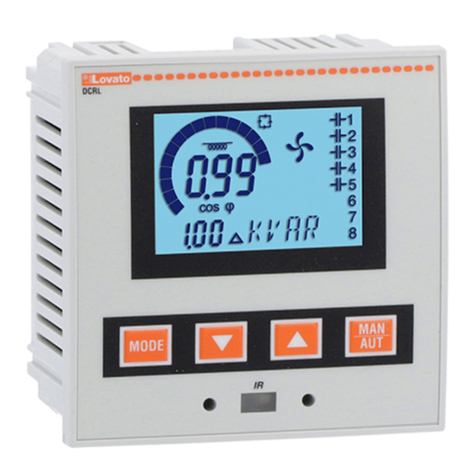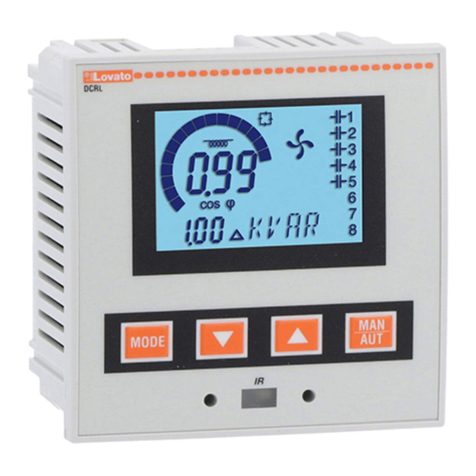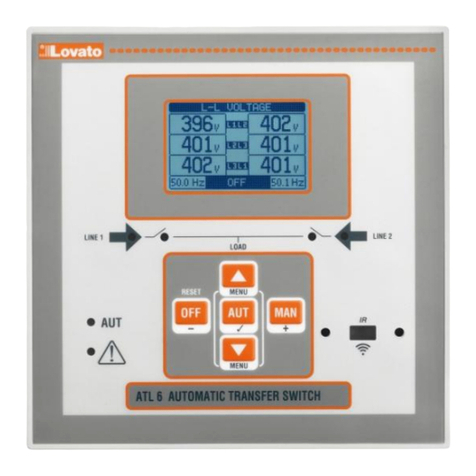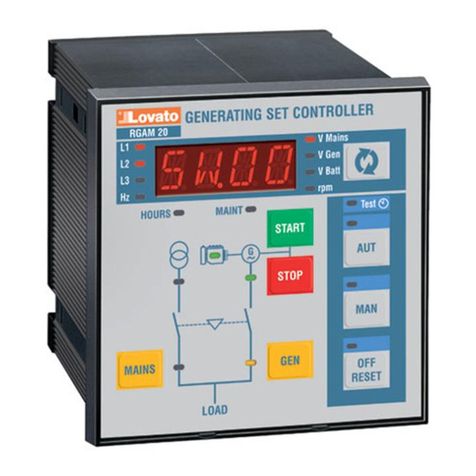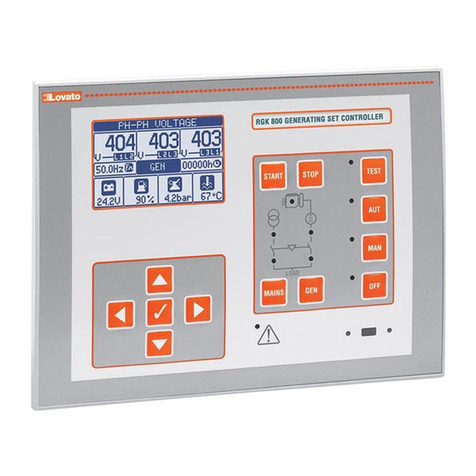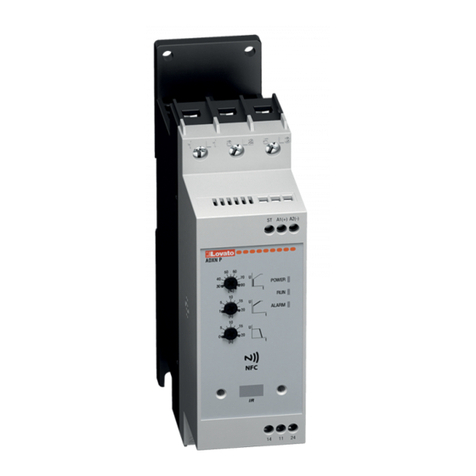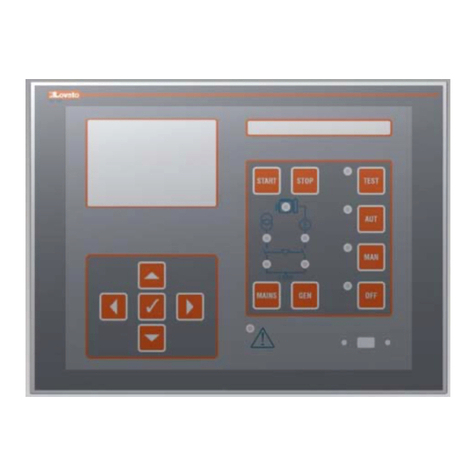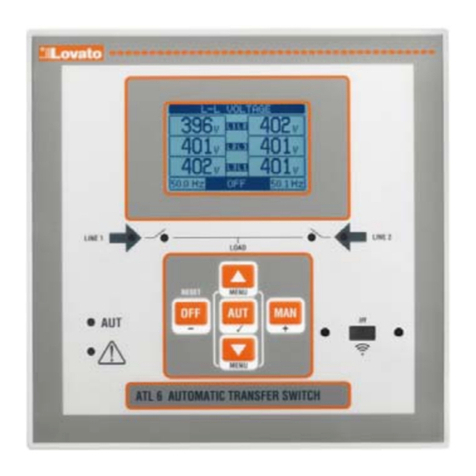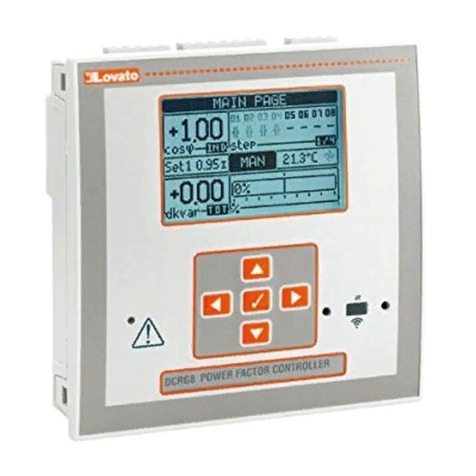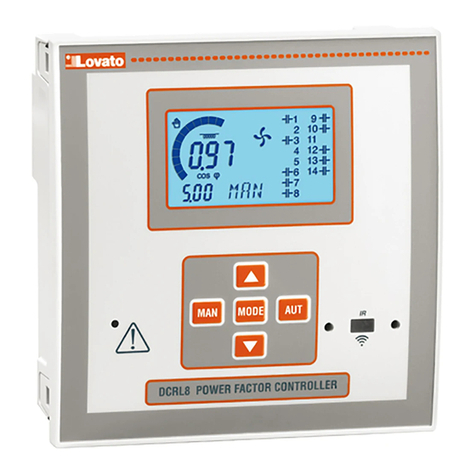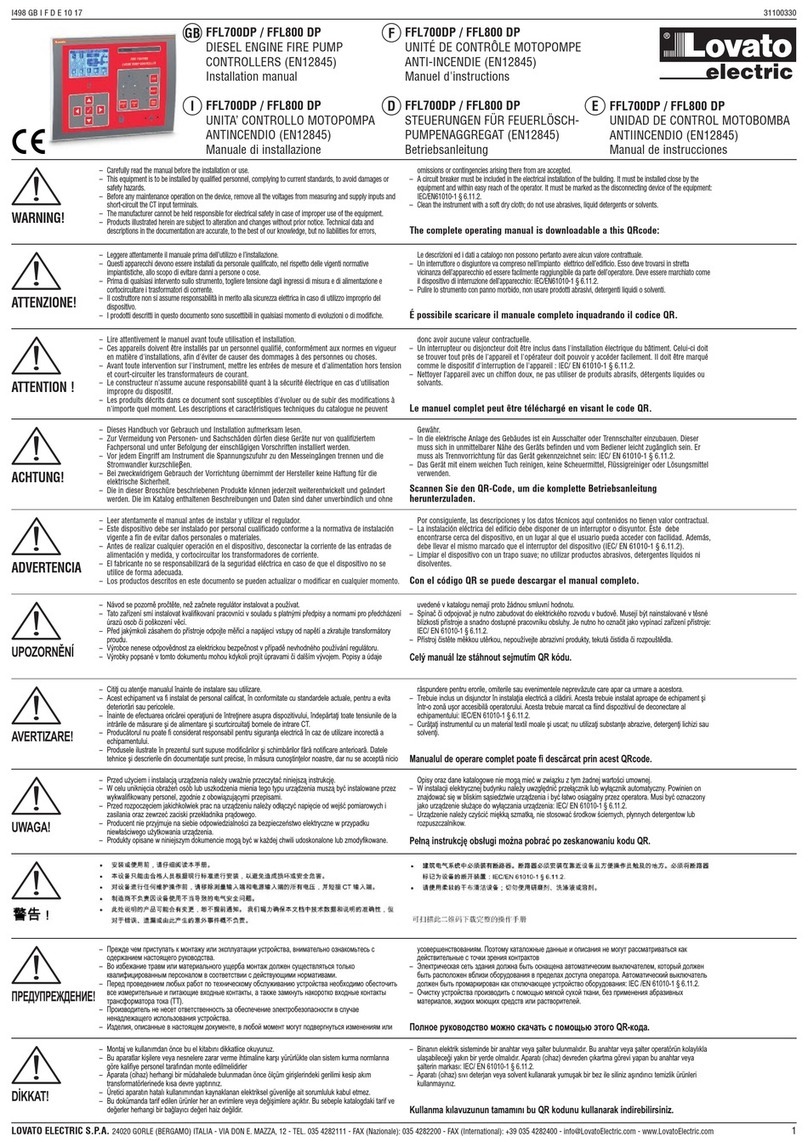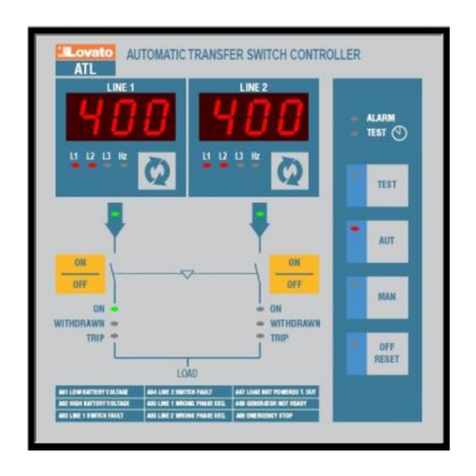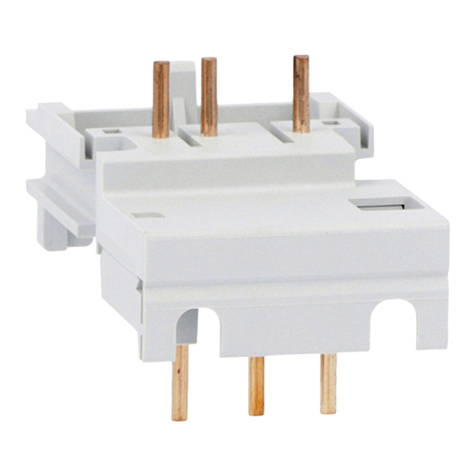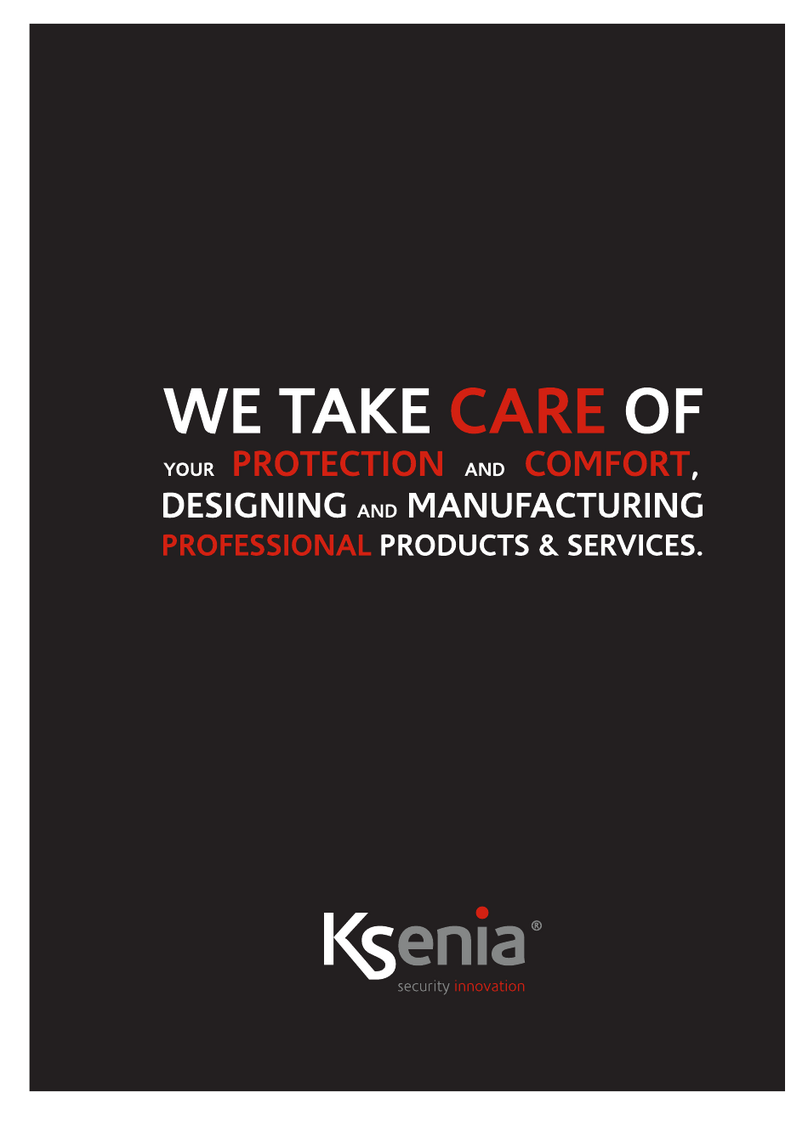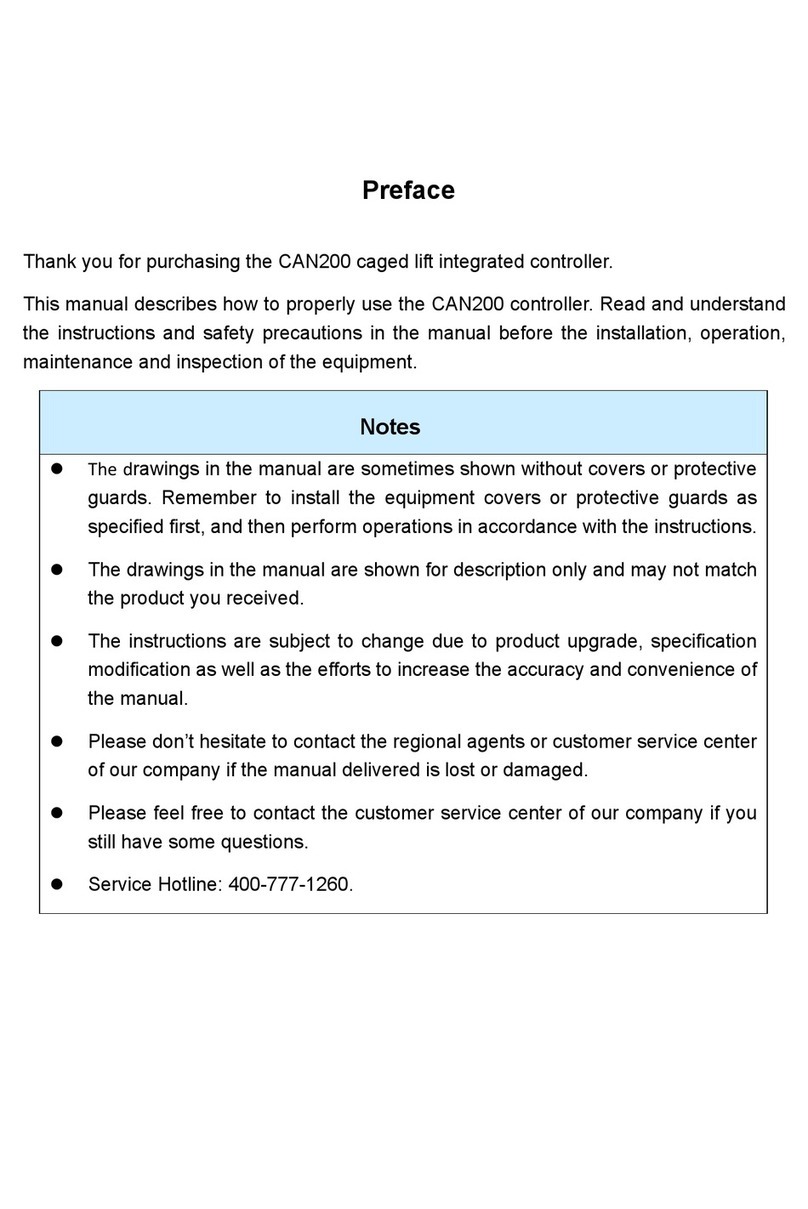
Doc: I560IGB10_20.docx 07/10/2020 p. 10 / 35
Ingressi, uscite, variabili interne, contatori, ingressi analogici
•Gli ingressi e le uscite sono identificati da una sigla e da un numero
progressivo. Ad esempio gli ingressi digitali sono denominati INPx, dove x
rappresenta il numero dell’ingresso. Allo stesso modo, le uscite digitali sono
denominate OUTx.
•La numerazione degli ingressi / uscite si basa semplicemente sulla posizione di
montaggio dei moduli di espansione, con una numerazione progressiva
dall’alto verso il basso.
•E’ possibile gestire fino a 4 ingressi analogici (AINx) provenienti da sensori
esterni (misure di temperatura, consumo, pressione, portata ecc). Il valore letto
dagli ingressi analogici può essere convertito in qualsiasi unità ingegneristica,
visualizzato sul display e reso disponibile sul bus di comunicazione. Le
grandezze lette attraverso gli ingressi analogici sono visualizzate sulla apposita
pagina. Su di esse possono essere applicate delle soglie limite LIMx, che a loro
volta possono essere collegate ad un’uscita interna od esterna, o inserite in
una funzione logica PLC.
•La numerazione degli I/O di espansione parte a cominciare dall’ultimo I/O
montato sulla centralina. Ad esempio, per gli ingressi digitali, INP1…INP8 sulla
centralina, e quindi il primo ingresso digitale sui moduli di espansione sarà
denominato INP9.
•Vedere la seguente tabella per la numerazione degli I/O:
COD DESCRIZIONE BASE EXP
Relè remoti per allarmi /stati
•Allo stesso modo degli ingressi/uscite, esistono delle variabili interne (bit) che
possono essere associate alle uscite o combinate fra loro. Ad esempio si
possono applicare delle soglie limite alle misure effettuate dal sistema
(tensione, corrente etc.). In questo caso la variabile interna, denominata LIMx,
sarà attivata quando la misura è fuori dai limiti definiti dall’utente tramite il
relativo menu d’impostazione.
•Inoltre sono disponibili fino a 8 contatori (CNT1…CNT8) che possono
conteggiare impulsi provenienti dall’esterno (quindi da ingressi INPx) oppure il
numero di volte per cui si è verificata una determinata condizione. Ad esempio
definendo una soglia LIMx come sorgente di conteggio, sarà possibile contare
quante volte una misura ha superato un certo valore.
•Di seguito una tabella che raccoglie tutte le variabili interne gestite dall’ FFL,
con evidenziato il loro range (numero di variabili per tipo).
Inputs, outputs, internal variables, counters, analog inputs
•The inputs and outputs are identified by a code and a sequence number. For
instance, the digital inputs are identified by code INPx, where x is the number
of the input. In the same way, digital outputs are identified by code OUTx.
•The sequence number of I/Os is simply based on their mounting position, with
a progressive numbering from top to bottom.
•It is possible to manage up to 4 analog inputs (AINx), connected to external
analog sensors (temperature, pressure, flow etc). The value read from the
sensors can be scaled to any unit of measure, visualized on the display and
transmitted on the communication bus. The value read from analog inputs is
shown on the dedicated display page. They can be used to drive LIMx limit
thresholds, which can be linked to an internal or external output, or used in a
PLC logic function.
•The expansion I/O numbering starts from the last I/O installed on the controller.
For example, with INP1…INP8 digital inputs on the controller, the first digital
input on the expansion modules will be INP9.
•See the following table for the I/O numbering:
COD DESCRIZIONE BASE EXP
Remote relays for Alarm / status
•In a similar way, there are some internal bit-variables (markers) that can be
associated to the outputs or combined between them. For instance, it is
possible to apply some limit thresholds to the measurements done by the
system (voltage, current, power, etc.). In this case, an internal variable named
LIMx will be activated when the measurements will go outside the limits defined
by the user through the dedicated setting menu.
•Furthermore, there are up to 8 counters (CNT1...CNT8) that can count pulses
coming from an external source (through a digital input INPx) or the number of
times that a certain condition as been verified. For instance, defining a limit
threshold LIMx as the count source, it will be possible to count how many times
one measurement has exceeded a certain limit.
•The following table groups all the I/O and the internal variables managed by the
FFL.
COD. DESCRIZIONE RANGE
Soglie limite sulle misure
Variabili controllate da remoto
Variabili della logica PLC
CODE DESCRIPTION RANGE
Remote-controlled variables
•Le soglie limite LIMx sono delle variabili interne il cui stato dipende dalla
fuoriuscita dai limiti definiti dall’utente da parte di una misura fra quelle
effettuate dal sistema (esempio: tensione di linea superiore a 420VAC).
•Per velocizzare l’impostazione delle soglie, che possono spaziare in un range
estremamente ampio, ciascuna di esse va impostata con un valore base + un
coefficiente moltiplicativo (esempio: 2 x 1k = 2000).
•Per ogni LIM sono disponibili due soglie (superiore ed inferiore). La soglia
superiore deve essere sempre impostata ad un valore maggiore di quella
inferiore.
•Il significato delle soglie dipende dalle seguenti funzioni
Funzione Min: con la funzione Min la soglia inferiore è d’intervento quella
superiore di ripristino. Quando il valore della misura selezionata è sotto il limite
inferiore, dopo il ritardo impostato si ha l’attivazione della soglia. Quando il valore
della misura è maggiore della soglia superiore, dopo il ritardo impostato si ha il
ripristino.
Funzione Max: con la funzione Max la soglia superiore è d’intervento quella
•The LIMx thresholds are internal variables whose status depends on the out-of-
limits of one particular measurement set by the user (e.g. line voltage higher
than 420VAC) among all those measured.
•To make the setting of the thresholds easier, since the limits can span in a very
wide range, each of them can be set using a base number and a multiplier (for
example: 2 x 1k = 2000).
•For each LIM, there are two thresholds (upper and lower). The upper threshold
must always be set to a value higher than the lower threshold.
•The meaning of the thresholds depends on the following functions
Min function: the lower threshold defines the trip point, while the upper threshold
is for the resetting. The LIM trips when the selected measurement is less than the
Lower threshold for the programmed delay. When the measured value becomes
higher than the upper setpoint, after the set delay, the LIM status is reset.
Max function: the upper threshold defines the trip point, while the lower threshold
is for the resetting. The LIM trips when the selected measurement is more than
upper threshold for the programmed delay. When the measured value decreases
